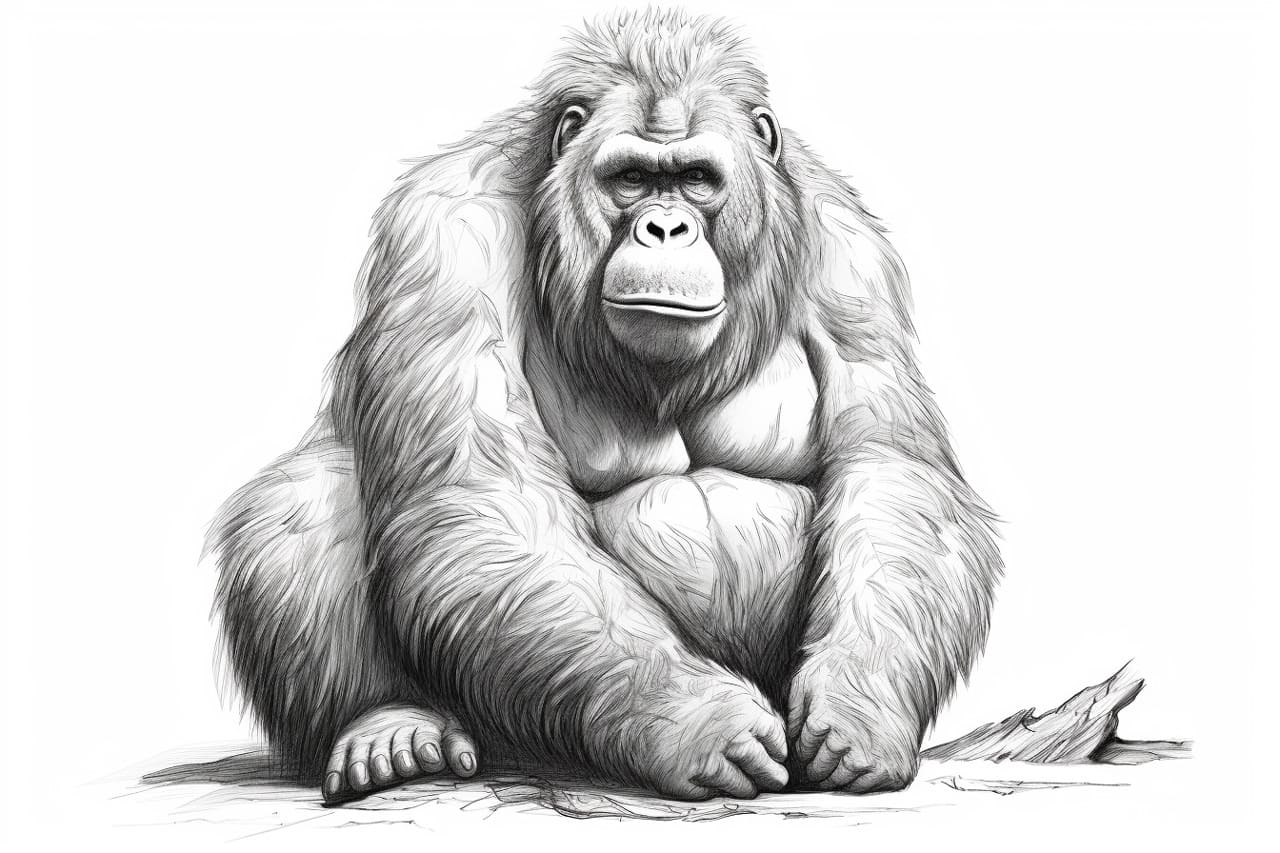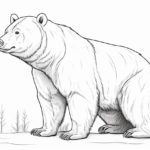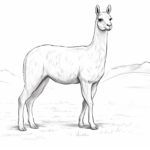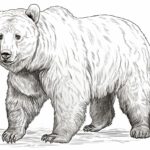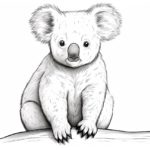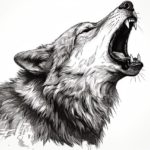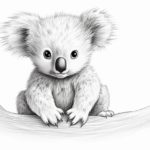Drawing an orangutan can be a fascinating and rewarding artistic endeavor, as these intelligent and expressive creatures possess a unique charm and character that make them a captivating subject to capture on paper. With their distinctive orange fur, long arms, and soulful eyes, orangutans offer a wonderful opportunity for artists to explore texture, form, and emotion in their drawings. In this guide, we will delve into the techniques and tips that will help you bring these magnificent primates to life on the page, from understanding their anatomy and proportions to capturing their individual personalities and expressions. So grab your pencils and paper, and let’s embark on a creative journey into the world of orangutan drawing!
Materials Required
To draw an orangutan, you will need the following materials:
- Drawing paper or sketchbook
- Pencils (varying in hardness from 2H to 6B)
- Eraser (preferably a kneaded eraser for easy cleanup)
- Blending stumps or tortillons for shading
- Reference photo of an orangutan for accuracy
- Optional: colored pencils or markers for adding color to your drawing
These materials will help you create a detailed and realistic drawing of an orangutan.:
How to Draw an Orangutan: a Step-by-step Guide
Step 1: Prepare Your Materials
Gather all the necessary materials for drawing an orangutan. This includes a pencil, eraser, drawing paper, and reference images of orangutans for inspiration.
Step 2: Sketch the Basic Shapes
Start by sketching the basic shapes of the orangutan. Begin with an oval for the head and a larger oval for the body. Add circles for the joints and smaller ovals for the hands and feet.
Step 3: Outline the Body
Using the basic shapes as a guide, start outlining the body of the orangutan. Define the curves of the body, arms, and legs. Pay attention to the proportions and position of each body part.
Step 4: Add Facial Features
Sketch the facial features of the orangutan. Start with the eyes, nose, and mouth. Orangutans have distinct facial features, so take your time to capture their unique characteristics.
Step 5: Detail the Fur
Add texture and detail to the orangutan’s fur. Use short, curved lines to create the appearance of fur on the body, arms, and face. Pay attention to the direction of the fur to make it look realistic.
Step 6: Refine the Features
Refine the facial features of the orangutan by adding shading and highlights. Use your pencil to create depth and dimension in the eyes, nose, and mouth. Add shadows to give the face a three-dimensional look.
Step 7: Final Touches
Add any final touches to your orangutan drawing. Check for any areas that need refinement or additional detail. Make any necessary adjustments to ensure your drawing looks realistic and complete.
Step 8: Sign and Date Your Work
Once you are satisfied with your orangutan drawing, sign and date your work in the corner of the paper. This will add a personal touch and mark the completion of your artistic creation.
Step 9: Practice and Experiment
Drawing an orangutan can be a challenging but rewarding experience. Practice regularly and experiment with different techniques to improve your skills and develop your own unique style. Keep exploring and pushing your boundaries as an artist.
Conclusion
In conclusion, I want to commend you on your fantastic representation of the orangutan. Your attention to detail and ability to capture the essence of this magnificent creature is truly impressive. Keep honing your skills, exploring new techniques, and pushing your creative boundaries. Your dedication to your art shines through in every piece you create. Remember to always stay inspired, keep practicing, and never stop creating. The world is waiting to see more of your beautiful work!
Fun Facts About Orangutans
Here are some fun and interesting facts about Orangutans:
- Orangutans are the largest arboreal (tree-dwelling) mammals in the world.
- They are found in only two places in the world – Borneo and Sumatra.
- Orangutans are known for their intelligence, with some individuals being able to use tools such as sticks to extract insects from tree crevices.
- They are primarily solitary animals, with adult males having large home ranges that overlap with several females.
- Orangutans are highly endangered due to habitat loss caused by deforestation, illegal logging, and palm oil plantations.
- They are excellent climbers and spend most of their time in the trees, using their long arms to swing from branch to branch.
- Orangutans have a unique diet that consists mainly of fruits, but they also eat leaves, bark, and insects.
- They are known for their distinctive long, shaggy red hair, which helps them blend in with the forest canopy.
- Orangutans are one of the closest relatives to humans, sharing approximately 97% of their DNA.
- Female orangutans have the longest interbirth interval of any mammal, with pregnancies lasting up to 9 months and mothers caring for their offspring for up to 8 years.
Suggestions for Scenes and Settings for Orangutan Drawings
- Orangutan in a lush tropical rainforest, swinging from tree to tree.
- Orangutan sitting peacefully by a tranquil waterfall, surrounded by colorful butterflies.
- Orangutan playfully interacting with its young offspring in a treetop nest.
- Orangutan foraging for fruits in a dense jungle canopy.
- Orangutan gazing curiously at its reflection in a calm river.
- Orangutan resting on a moss-covered tree branch, surrounded by exotic flowers.
- Orangutan grooming another orangutan in a serene forest clearing.
- Orangutan climbing a tall tree with a stunning sunset in the background.
- Orangutan using tools to extract honey from a beehive in a vibrant forest setting.
- Orangutan peering out from behind vibrant green leaves, with a colorful bird perched nearby.

